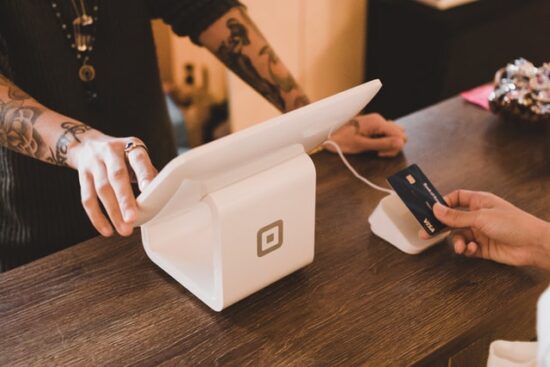
In 1952, Mike Piccinini opened the first-ever Save Mart to bring the freshest foods at the greatest value to families in the Central Valley. Fast forward 69 years and the Modesto-based supermarket chain operates 250+ locations across California. Like any successful enterprise, they aim to delight their customers. So when a problem arises, they’re ready with a solution that smooths ruffled consumer feathers – such as the Save Mart price accuracy guarantee.
Save Mart Price Accuracy Guarantee
The good news is that Save Mart wants to make it right. Customers charged higher than the advertised price at the register will receive the first item free. They will also pay the lowest published price for all additional items.
The terms and conditions include: “Purchases to earn a value item or promotion exclude alcohol, liquor, tobacco, dairy products, prescription and/or pharmacy purchases, gift and financial card programs, money orders, wire transfers, lottery tickets, event and transportation tickets and other products and services which the Company, state or federal agency may deem excluded from time to time.”
Scanner Technology & Accuracy
The global barcode scanner market is expected to reach a US $7 billion valuation over the next decade. In 1996, the Federal Trade Commission (FTC) partnered with the National Institute of Standards and Technology (NIST) and several state Attorneys General to investigate the number of price errors made with scanner technology. At the time, food stores had an overall error rate of 3.47 percent, with mistakes favoring customers at slightly higher rates of undercharges than overcharges. At the other end of the continuum, department stores came in at a shocking 9 percent error rate.
Technology advances and automation have likely reduced the numbers over the last twenty-five years, but people still find them. A 2020 Anyline survey of 500 shoppers revealed that 53 percent of shoppers “sometimes” too ‘frequently” noticed price disparities between the display and register. While the survey drew from a small sample, pricing accuracy is problematic enough for states to draw up legislation to safeguard customers.
New Consumer Protection Laws
Michigan introduced the Michigan Price Scanner Law in September 2020. It stipulates that a customer is entitled to ten times the price difference in the event of an overcharge. A consumer charged $12 on a $10 item will receive $20 – a price difference of $2 multiplied by 10.
If the merchant refuses to provide the bonus, the customer may bring a lawsuit against them. Massachusetts also enacted its customer-friendly law regarding price display and scanner accuracy. The rules outline how merchants are to display prices and how they reimburse customers if overcharged.
California is more conservative but still offers protections against pricing errors. Consumers should not be charged more than what’s advertised or posted. Buyers will receive the difference of that amount in the event of an overpay.
Read More
Healthy Eating Grocery Tips: Keep You (And Your Wallet) Lean!
Save Money Shopping with Shopkick
How to Get Huge Savings When Shopping Online
Photo by Clay Banks on Unsplash

Lindsey is a freelance writer in the personal finance and lifestyle sphere. When she’s not at her laptop, she is likely teaching herself a new hobby with a high potential for injury – such as skiing or cooking. Connect with her on LinkedIn and Twitter.
Comments